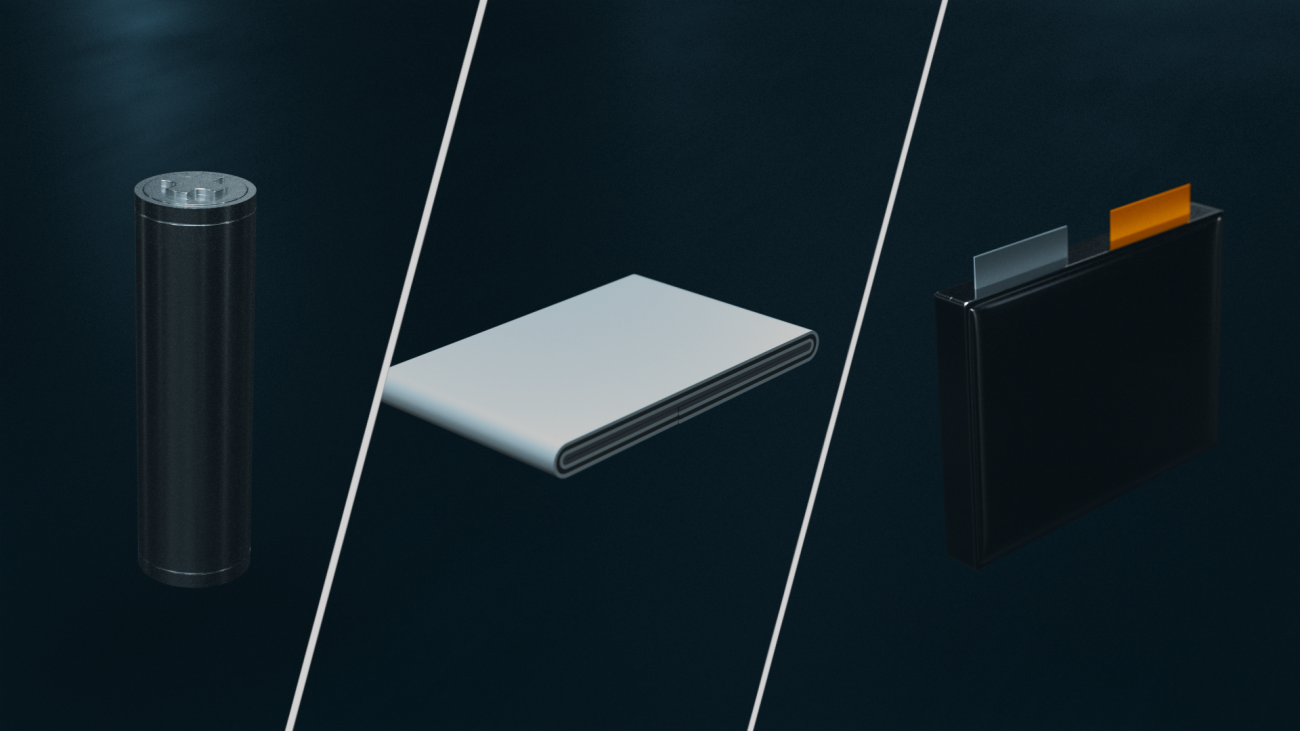Transformation is a Journey

India is on the verge of a significant transformation, and the automotive industry is at the heart of this. With electric vehicles rapidly becoming the country’s preferred mode of transportation, battery pack design and assembly is at the heart of this innovation journey.
Batteries and their utilization in automobiles are not new. Still, they have been limited to being used for cranking a vehicle, and until the late 1950s, lead acid batteries were used for starting cars. With the varied applications of batteries deployed now, it would not be easy to imagine our surroundings without them.
There are several challenges innovators worldwide are working on to improve driving range, reduce cost, and enhance safety while racing against time. Some challenges include increasing energy density, improving battery balancing, increasing the number of cells, working with simulation on improving thermal management systems, and cell configuration, i.e., cylindrical, prismatic, or pouch type. Scaling up manufacturing with flexibility in operations opens another new set of challenges.
New-generation lithium-ion batteries
Lithium ions are transported back and forth between positive and negative electrodes of lithium-ion (Li-ion) batteries for energy storage and release. The positive electrode serves as the initial source of lithium in this technique, and the negative electrode serves as the host for lithium. They offer better energy density compared to a Nickel, Manganese, and Cobalt (NMC) or Lead Acid combination.
Graphite is utilized as a negative material, as well as graphite/silicon and lithium titanium oxides. In India, considering the current demands being met by imports, it becomes the most expensive part of an electric vehicle, which makes up 30-40 percent of its cost.
With the increased demand for Li-ion batteries, it is expected that India will need 120 GWh by 2030, according to government projections.
Lithium-Sulfur batteries
On a lithium-sulfur battery cell, metallic lithium is used as the negative electrode, while the positive electrode is of sulfur.
Lithium ions are kept in active materials that serve as stable host structures in Li-ion batteries during charge and discharge. The host structures in lithium-sulfur (Li-S) batteries are absent. The lithium anode is burned during discharging, while sulfur is converted into a number of different chemical compounds during charging.
In India, given their low weight and theoretically high capacity, lithium-sulfur batteries offer a possible substitute for traditional lithium-ion batteries. However, they now have a short battery life, which limits their utility. Now, thanks to a novel catalyst material, scientists can greatly extend the life of lithium-sulfur batteries, paving the way for their practical and commercial implementation in the not-too-distant future.
In India, lithium, along with NMC, also plays a role in the applications developed for low-voltage battery applications.

Insert type of battery with chemistry of them shown with electrons flowing
Solid-state batteries
In terms of technology, solid-state batteries constitute a paradigm shift. Ions flow across the liquid electrolyte of modern Li-ion batteries as they move from one electrode to another. In all-solid-state batteries, the liquid electrolyte is swapped out for a solid substance that permits lithium ions to move inside.
Solid-state batteries get their name due to the absence of the liquid or gel electrolyte in modern lithium-ion batteries. They could provide more range, quicker charging periods, and a lesser danger of fire in electric vehicles than lithium-ion batteries. These are appealing advantages that have attracted significant investment from manufacturers in recent years.
For next-generation battery systems, the solid-state battery is regarded as the best battery technology available.
Battery assembly process
While much effort is being put in today to find the right chemistry of battery needed for the application, the right assembly and saleable production methods also need to be considered with utmost importance.
In India, we are actively searching for the right chemistry and manufacturing process needed for our e-mobility solutions to suit our geographic conditions and driving needs.
There is an equal amount of innovation needed in finding the best manufacturing methods, considering the need for flexibility, automation, and saleable production methods being evaluated in the assembly of battery packs. Consumer demands today are changing, and cost-effective manufacturing methods pose enough challenges ahead of us.
With the industry working towards reaping the benefits of digitalization and leveraging the power of data, modern battery assembly needs joining technologies like Fastening, Adhesive dispensing, Cold forming methods like Self pierce riveting, and Flow drill fastening, combined with Vision Solutions for Quality Inspection that help provide the much-needed benefits of Industry 4.0.
It all points towards exciting times ahead.

K ARUNAGIRI
Head-Business Development eMobility (Motor Vehicle Industry)
Atlas Copco (India) Ltd




 Facebook
Facebook.png) Twitter
Twitter Linkedin
Linkedin Subscribe
Subscribe